The Need to Document
19.3. —
1.5.2005
A project by Vit Havranek, Sabine Schaschl-Cooper and Bettina Steinbrügge. A cooperation between tranzit, Prague, Kunsthaus Baselland, Muttenz/Basel and Halle für Kunst, Lüneburg.
For the past few years contemporary art has witnessed a remarkable trend towards the documentary style. Exhibitions and events such as Manifesta 5, documenta XI, and several Biennial shows are featuring an increasing number of documentary works, but their specific character has certainly not been studied in great detail. Films and video installations as well as photographs and works pertaining to Conceptual Art revolve around everyday life, trying to shed light on and capture social, cultural, and political events, historic moments, and private details in a permanent and educational way. On the other side, a second line of documentary self-reflexively examines its own means as socially constructed. The massive impact of the latest political events, such as 9/11, the war in Iraq, the increasing right-wing shift of many European governments, and the problematic of refugees, have since the 1990s fueled new debates about a re-politicization of contemporary art. More than a decade after the fall of the Iron Curtain numerous artists from the transforming countries in Eastern Europe are more and more focusing on their own historical, art-historical and socio-cultural roots (instead of gearing their works towards Western art and markets), thereby establishing new links to the present, which are often expressed in a documentary style.
The definition of what documentary means accords to the judicial discourse, in which a document stands for the legalization or a proof for the truth. Likewise, documentary practice in contemporary art is characterized by objectivity and the search for truth, by an acute sense of reality, and by the desire to remain entirely factual. It reveals in what way an art work has been created. The term documentary may be used for a visual, textual, or verbal product. Documentary methods are applied both by political and public strategies as well as by private or intimate statements. The artists selected for the show have taken a documentary approach in order to articulate the content of their works. We have not included works that merely document an action or a performance by means of illustrations. The Need to Document focuses on underlying motivations, on the crucial issues at stake, and on the salient features of a documentary attitude. The exhibition explores what is genuinely documentary i.e. something which expresses itself in an ontologically immutable form.
Text from Sabine Schaschl
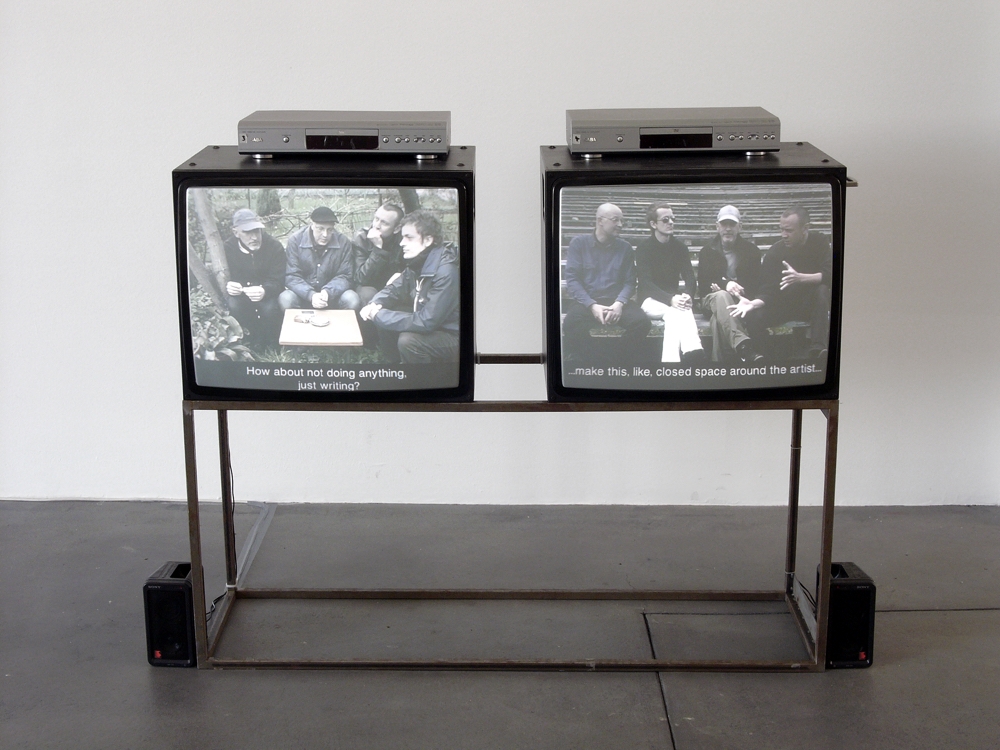
The investigative work carried out by the Polish group of artists Azorro frequently revolves around the mechanisms of the art world. Their film Everything Has Been Done features the four of them as they set out to devise a new project. This fictitious documentary, which may just as well be authentic, addresses the conditions of creating art, a process marked by a specific social reality. The notion that reality may also be a designed construct is demonstrated by the realization that what is shown and documented may, in fact, be true or false. This pseudo-documentary is, to put it differently, a concept in itself, and it articulates, in a humorous and ironic manner, artistic failure in the quest for innovation (“And a horse?” — “It has been done already.”…). Playfully and a little sarcastically, the artists let us participate in the creative process of documenting and staging.
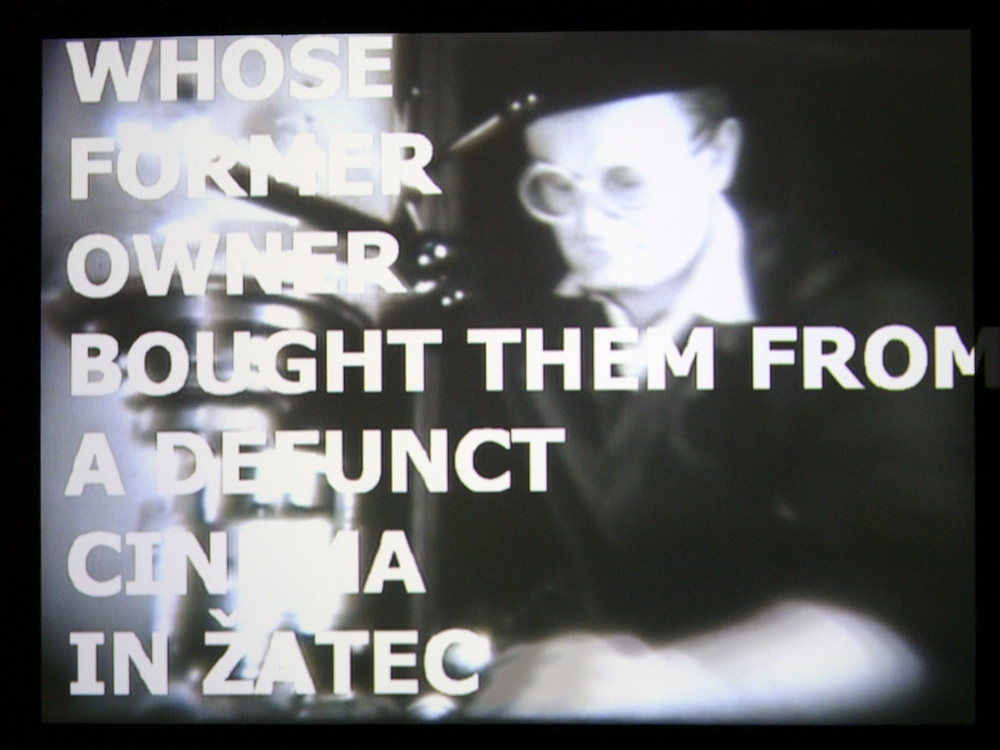
Zbyněk Baladrán collects an eclectic mix of footage from public and private archives and compiles it into documentaries. He describes the result as a kind of “non-invasive archeology” whose documentary style is not governed by any guidelines or strategies; rather, it generates a multi-faceted image of the past influenced by coincidence and subjective choices. The archive materials and text segments — obviously manipulated by applying the black-out technique — that are used for Working Process recapture certain moments of Czech history.
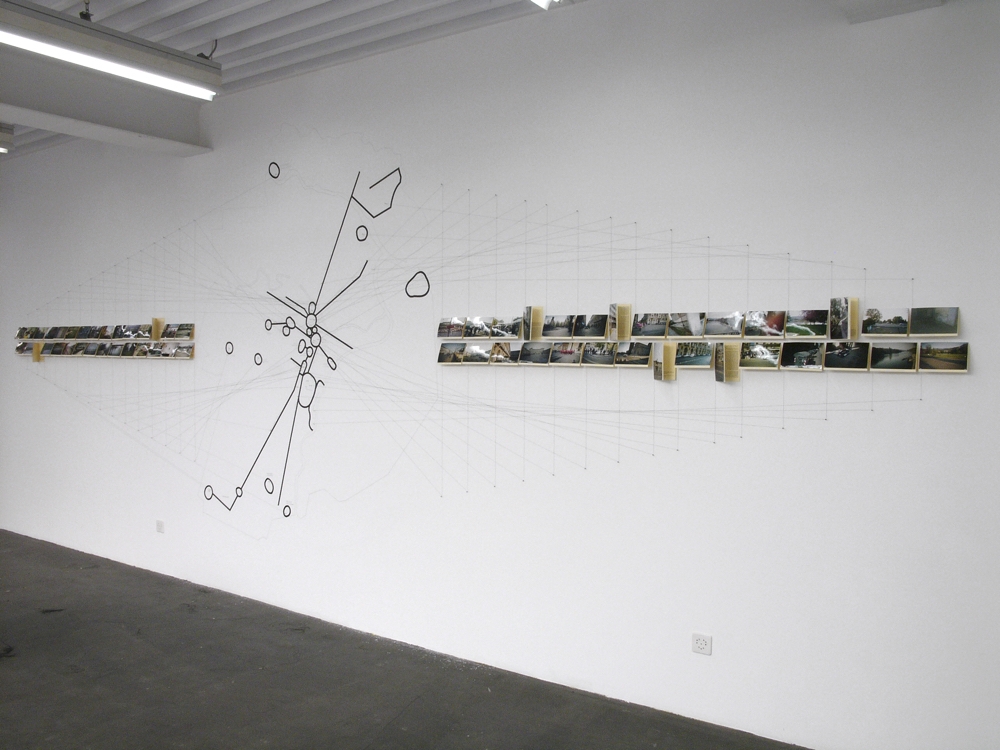
Between December 2001 and April 2002 Big Hope met about 30 migrants who had been living in Turin for some years. They asked them to draw maps from memory and to take pictures of places in Turin that are, for some reason, relevant to them. The interviews conducted by the artists and the pictures they collected resulted in the project Re-route, a mental map of Turin in the form of an installation and interactive DVD. Visitors are thus confronted with individual expressions of urban experiences and personal comments.
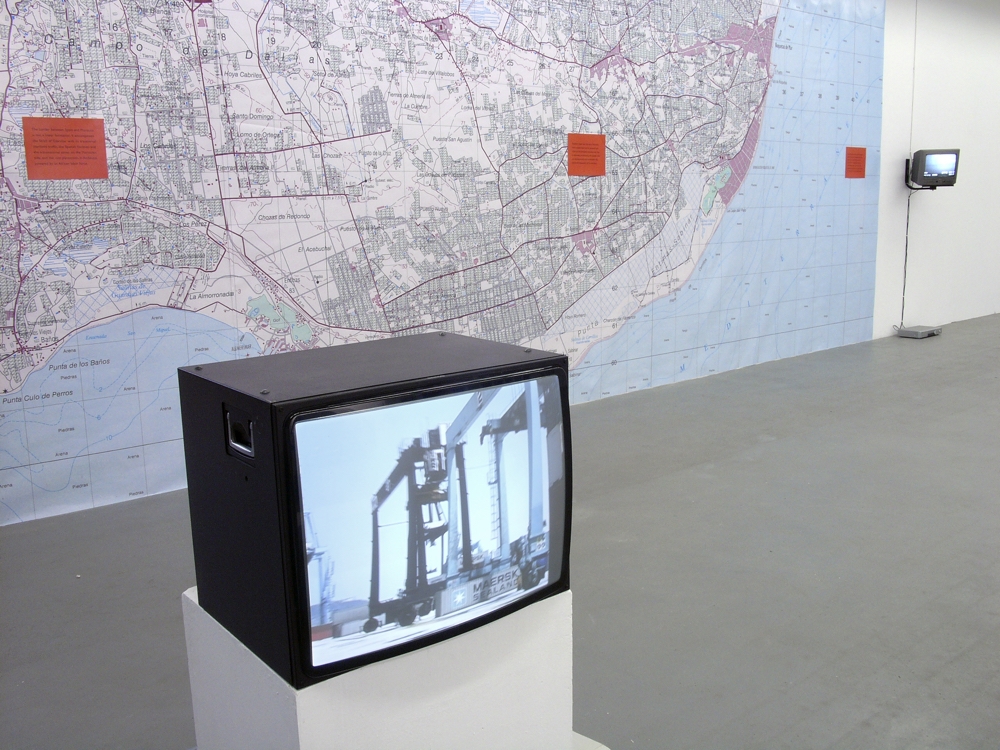
In their documentation Europlex Ursula Biemann and Angela Sanders scrutinize various ‘cross-border’ activities in the Spanish-Moroccan border region. By applying the video essay method, Biemann and Sanders attempt to visualize enigmatic processes and developments that take place every day, in the manner of an endless loop, at the checkpoint of the Spanish enclave. Female smugglers crossing the border while wearing several layers of clothing, domesticas moving to and fro between the Moroccan and European time zones like time travelers, and Moroccan women working for the European market in the transnational zones of North Africa. The installation comprises a large-format map depicting the socio-political geography and footage of the surveillance cameras installed along the border.

In his work Mircea Cantor is more interested in products that are widely available and act as subtle irritants in public space than in traditional art displayed in a museum setting. The video Double-Head Matches is really a ‘making of’ concerning an artistic project carried out in 2002, when Cantor asked someone to produce matchboxes, the quintessential advertising gimmick. Intriguingly, the matches made in his home country Romania had two heads from which they could burn — a peculiarity which invested these everyday objects with an absurd and symbolic presence. The video documents the particular circumstances in which the matches were manufactured. It is a traditional documentary which captures the production steps in the match factory, as well as a video which chronicles an artistic process which resulted in the double-head matches. The second work We Live With consists of posters to be freely distributed. The motif, a Romanian movie theater from the 1980s, testifies both to the transformation and the immobility of Romania. While most of the films shown now originated in Hollywood, old names such as Patria remain unchanged.
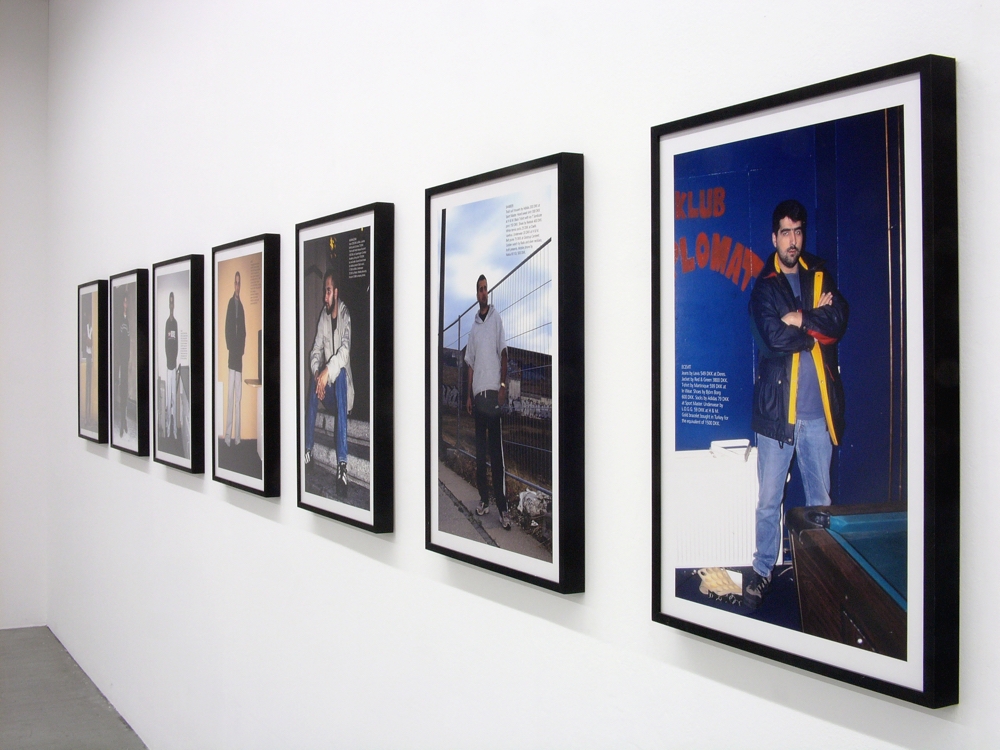
In this series of classical documentary photographs, Jens Haaning portrays first-generation immigrants in Copenhagen, opting for the highly authentic ‘street fashion’ style known from lifestyle magazines. In these stories young and hip city dwellers are asked which brands of apparel they prefer and how much they have spent on a particular piece of clothing. Thanks to Haaning’s personal ‘fashion portraits’ of marginalized social groups, the persons depicted shed their anonymity and can be perceived from a new perspective.
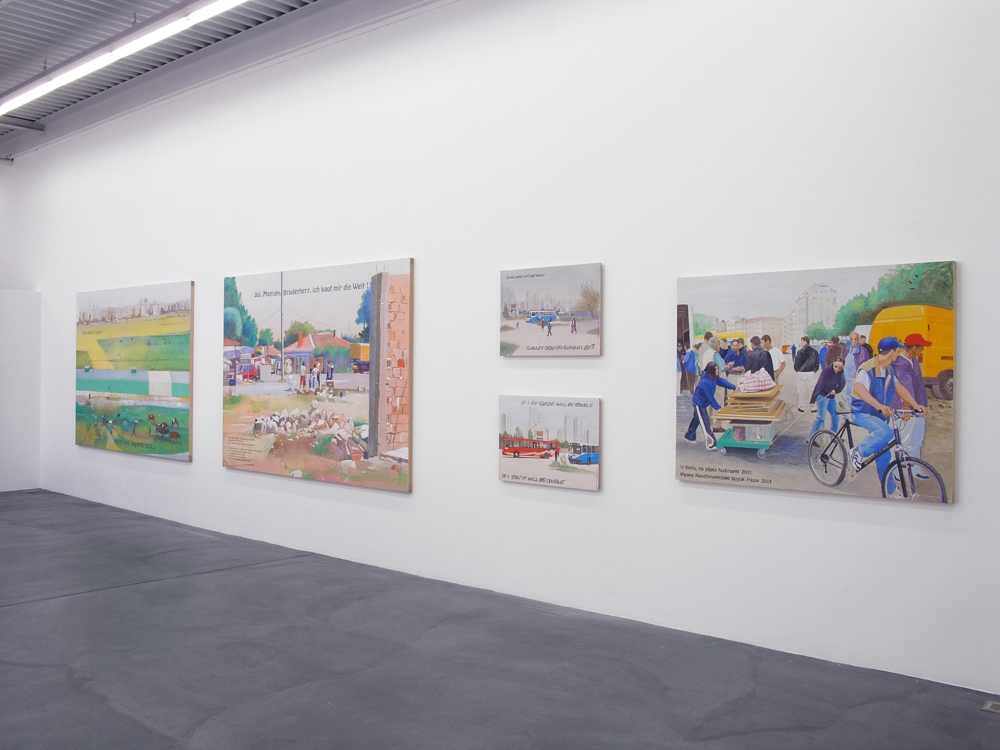
Johanna Kandl’s painted pictures are modeled on photos taken during her numerous trips, especially to countries in Eastern and Southeastern Europe like Azerbaijan, Romania, Georgia, or Ukraine. Transferring these seemingly coincidental snapshots of conventional or intimate situations to the medium of painting triggers a process of deceleration and sensitization. Under the guise of catchy slogans, inserted lines of text contain coded background information or personal statements. This generates a kind of documentary hyperrealism. Kandl’s works address different political, economic, social, and cultural aspects in a globalized Europe, both from a Western and an Eastern vantage point.
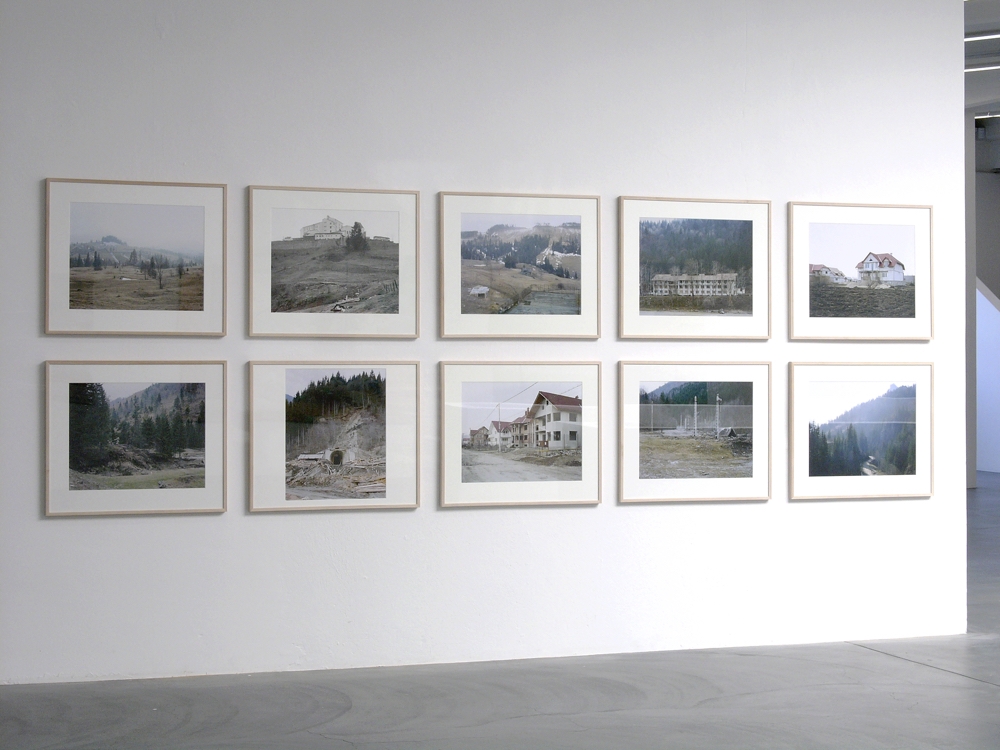
In his photo essays Joachim Koester merges the history, fiction, and reality of certain landscapes and places whose ‘charge’ stems from their history or from the fact that they have been portrayed in literature and film. From the Travel of Jonathan Harker retraces Bram Stoker’s journey through Transylvania. The vestiges of the region’s post-communist reality and the remnants of its exploitation by a corrupt tourist industry have brushed aside Stoker’s somber and yet romantic description. In The Kant Walk Koester follows in Immanuel Kant’s footsteps. The philosopher once lived in Kaliningrad, but due to the Soviets’ eradication campaigns there is hardly any evidence of him there.
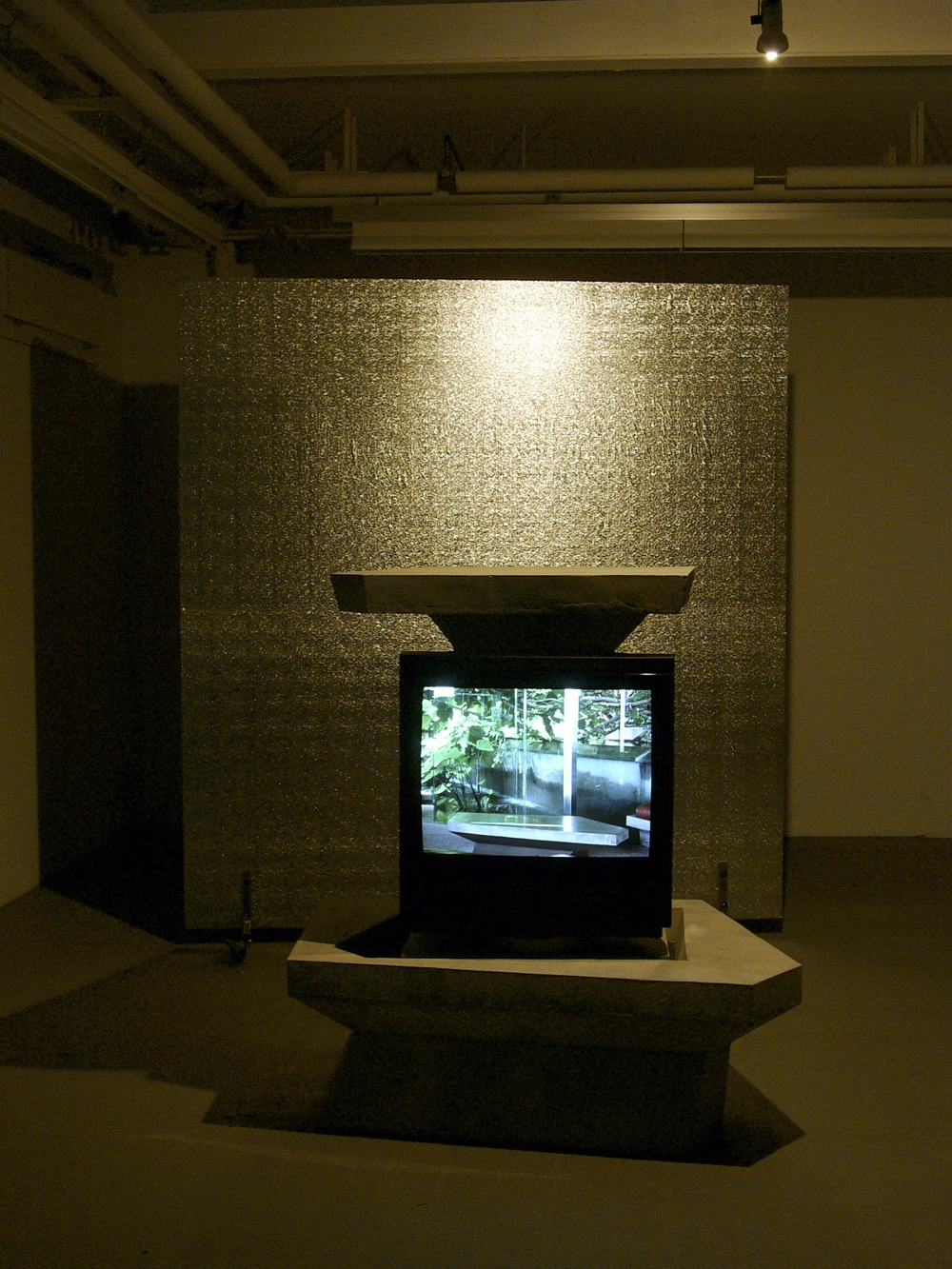
In her video installation 10104 Angelo View Drive Dorit Margreiter deploys documentary strategies, combines them with a film architecture, i.e. John Lautner’s futuristic, late modernist Hollywood mansion with the eponymous address that served as a movie set, for example for The Big Lebowski, and confronts them with their fictional bases. The camera statics is counteracted by the architectural dynamics, rendering the film’s claim to objectivity as questionable as the object itself. An essential detail in this fully automated living environment is a television screen which glides back into a solid block of concrete by the touch of a button. Acting as fictitious irritants, short sequences of performances of the Californian group Toxic Titties are included in what is otherwise documentary footage.
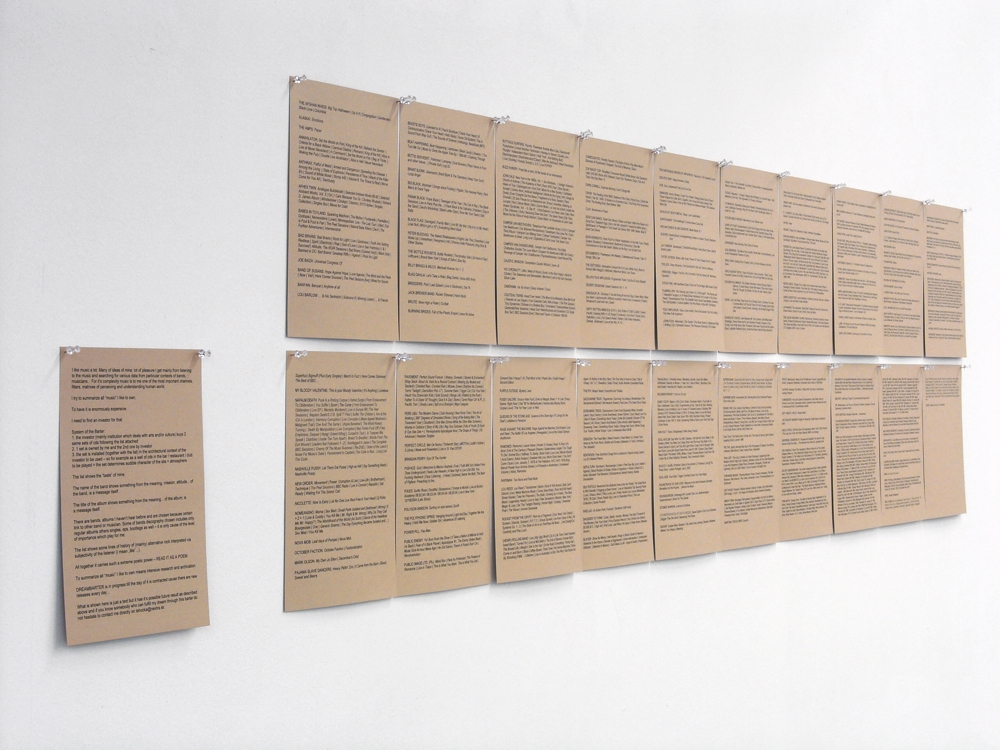
The List of the Wish is an enumeration of selected CD music tracks, reflecting the artist’s personal predilections. Boris Ondreicka offers it to the institution as an artistic concept according to which the institution would always have to buy two CDs — one would go to the institution as an artistic ‘ready-made’, the other to the artist for his personal pleasure. The work is comprised of three parts: the track listing, an agreement concluded between the artist and the institution, and the acquired CDs. However, the work will also function conceptually if it is not put into practice (in most cases insufficient funding would make its actual implementation impossible). As a conceptual work it raises questions of artistic authorship, private economy, logistics, and market strategies; at the same time it is also a poetic documentation of an individual’s musical preferences.
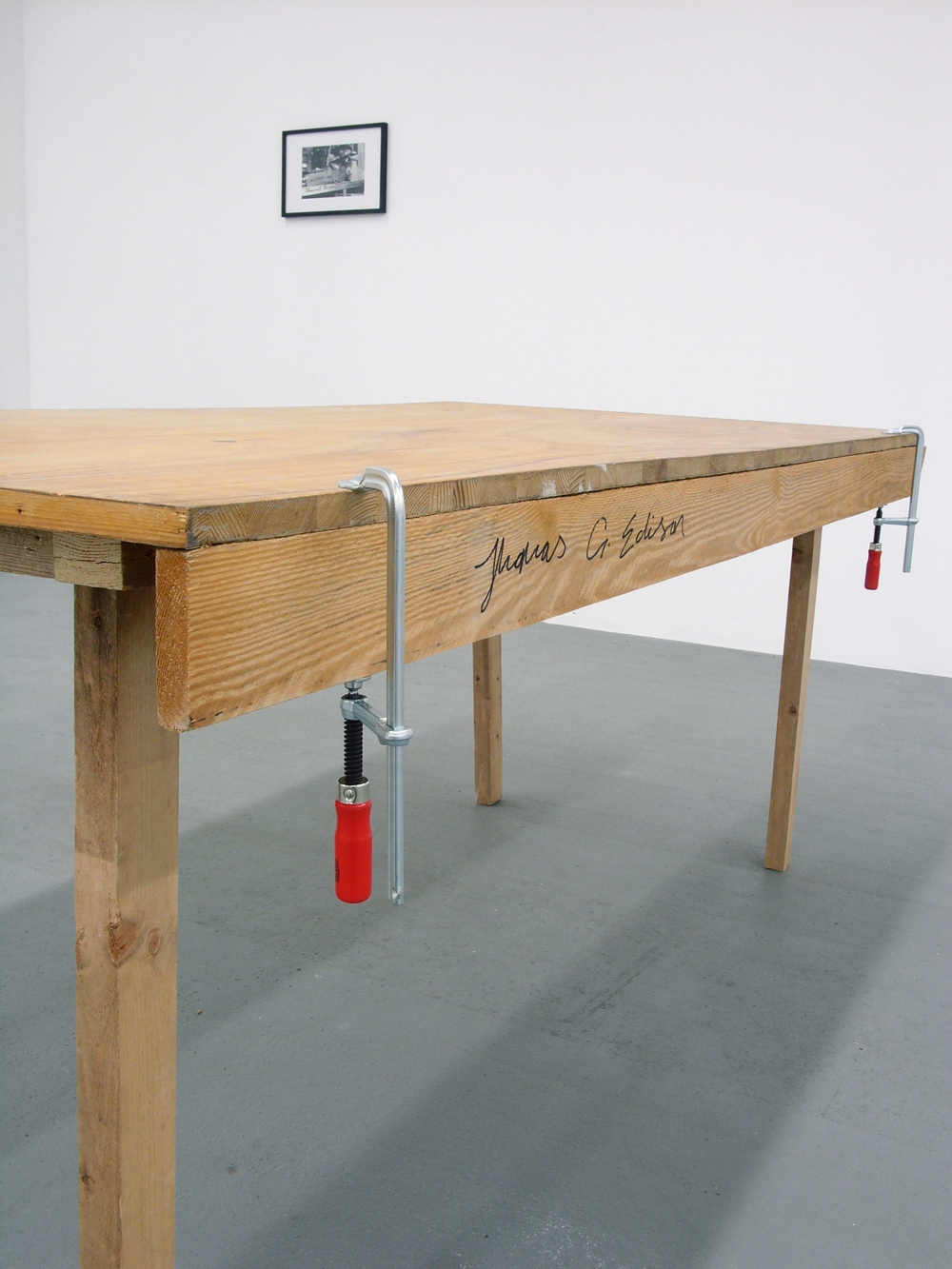
Kirsten Pieroth’s most recent works focus on inventions, specifically on Thomas A. Edison. Edison’s Workbench attempts to retrace part of the inventor’s everyday life — the reconstituted workbench allows viewers to experience this life spatially. Pieroth used a photograph in which Edison is seen sleeping on his workbench as a model to reconstitute this object. The picture bears Edison’s signature but it was, in fact, forged by an assistant. Pieroth asks inquisitive questions about the man’s legend and history, and elucidates his persona by oscillating between authenticity and fiction. Pieroth’s installation Working Without News consists of the original photocopying machine invented by Edison (it was able to photocopy up to 2,000 pieces of paper) and some of the sheets photocopied by this machine. Alluding to the place where Manifesta 5 was held, the artist used a historical document of a fisherman from San Sebastián who entered the same sentence (“Working without news”) in his logbook every day.
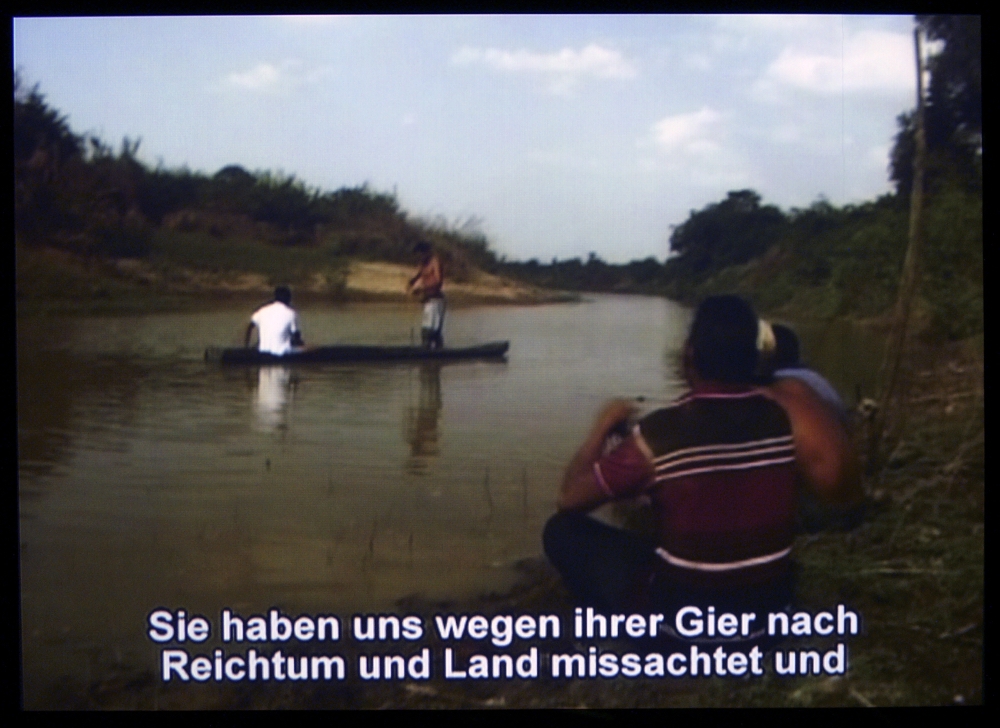
The film Venezuela from below by Oliver Ressler and Dario Azzellini is an artistic documentary which explores the social upheavals in Venezuela since Hugo Chávez took power in 1998. It highlights the campaigns launched by farmers and workers to organize themselves and take action. These efforts have led to sweeping reforms in the past few years as regards the country’s constitution, labor legislation, and educational system. The artists show members of cooperatives and grass-roots activists who talk about their projects and the ensuing changes, but also about the difficulties encountered during this process.
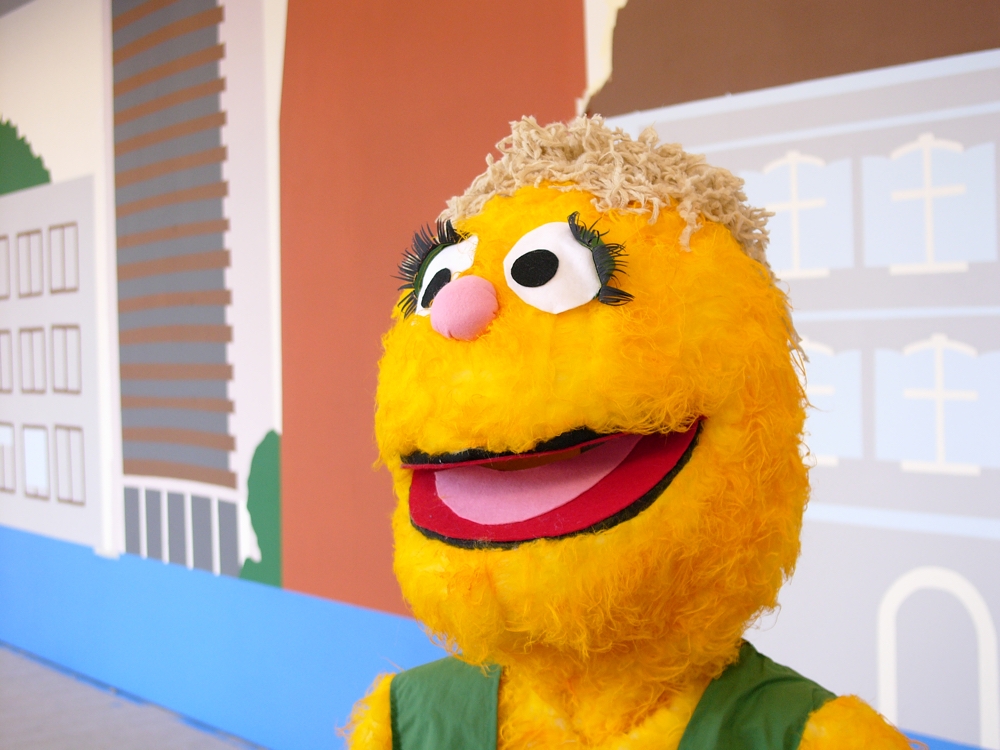
In Hinrich Sachs’s most recent project the artist looks into how the children’s program Sesame Street presents itself — on its website, for example, it calls itself a “non-profit educational organization”. In reality, though, it is a big company that has put in place a sophisticated franchising system and generates income through the profit-making sale of rights to adapt characters to different cultural environments in different countries such as Mexico, South Africa, Egypt, or Russia. (In the South African version of the program, for example, there is a character called Kami, who is HIV-positive.) The installation Kami, Cookie Monster, Bert and Ernie (All Together Now) includes a stationary mural picture and five free-standing costumes (on TV they are donned by Sesame Street characters). Some of them are an integral part of our collective cultural memory while others are national creations. The artist addresses the copyright issue by recreating characters by appropriation, and by pursuing the concept of interpretation as he adapts the imagery of the Sesame Street website to the mural picture put on display in a given place, in this case Basel. Business data is revealed by disclosing a corporate structure usually unknown to the public. The mural work Untitled (Future) [O.T. (Zukunft)] also articulates economic questions of copyright and artistic reassessment.
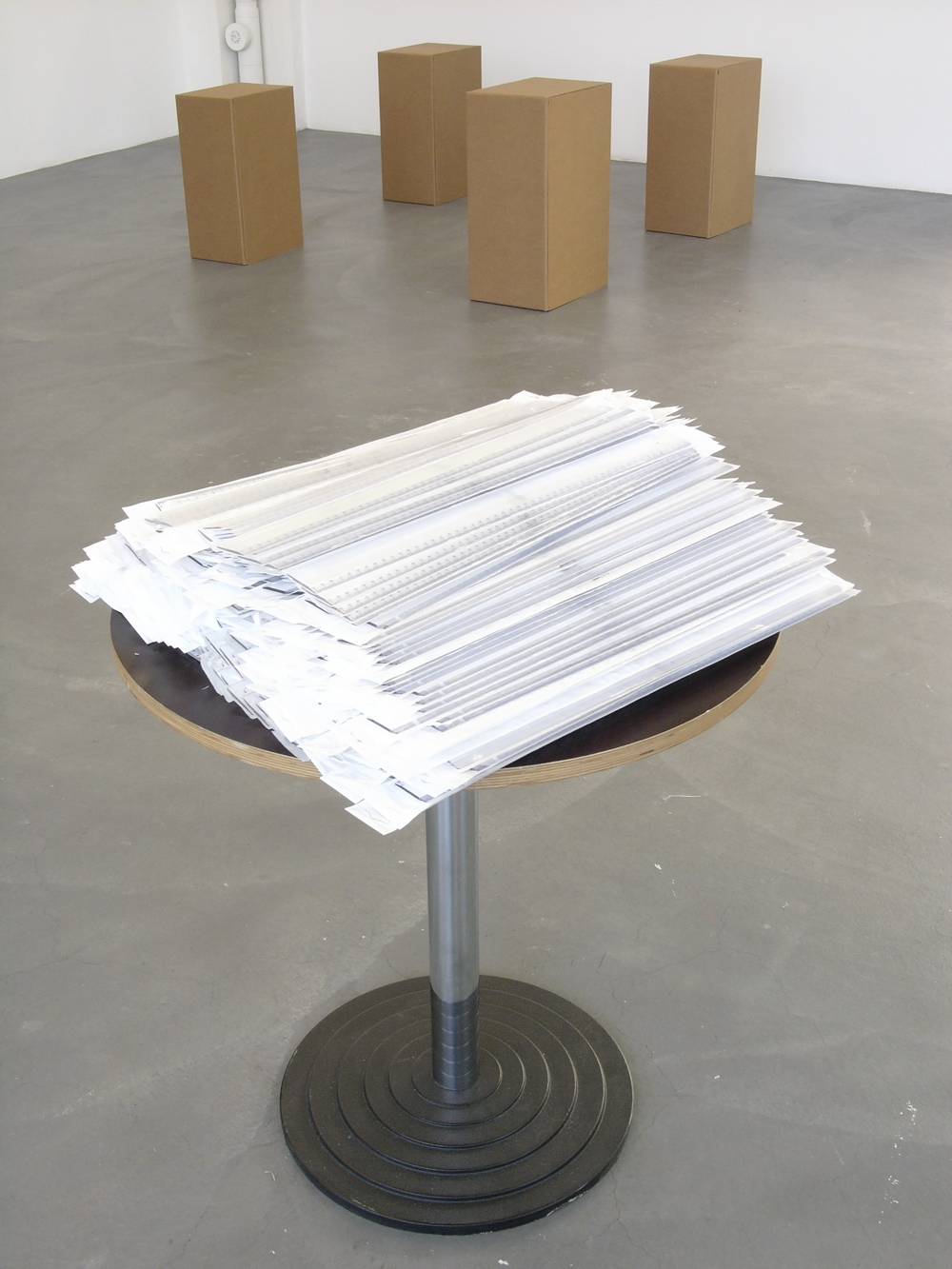
In his work Jiri Skala transforms complex social interconnections into simple and minimalistic conceptual shapes. For The Volumes of My Family he converted the body measurements of all members of his family — made up of his mother, his father, his sister, and himself — into the volumes of geometric receptacles, creating a minimalistic vocabulary for personal information. Ruler is a set of rulers whose measurement units have been slightly manipulated so that, when using them, standardized dimensions would shift, slowly but inevitably.
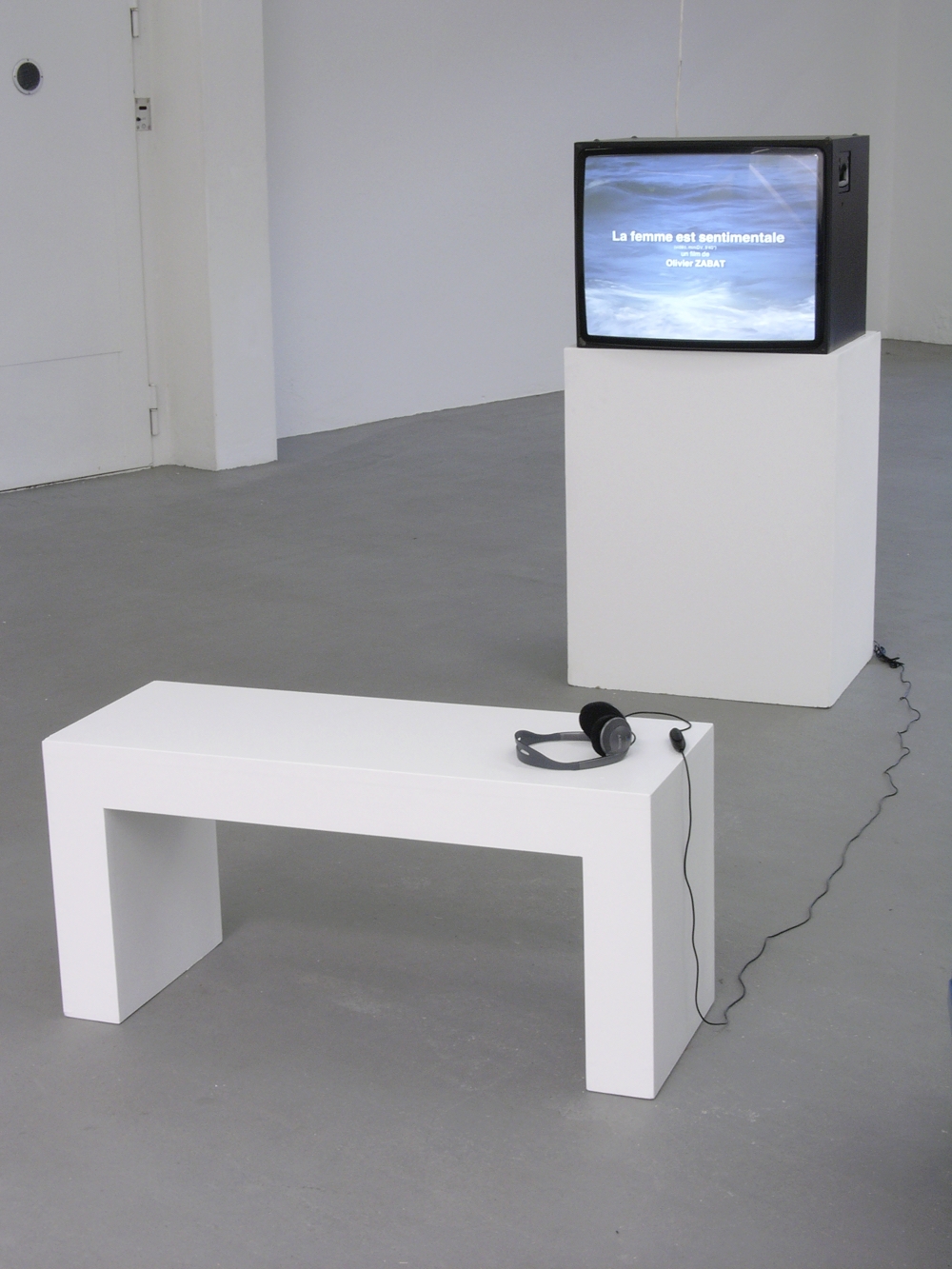
Olivier Zabat’s documentaries are skillfully positioned on the interfaces of global problems and personal destinies. They tend to consist of several ‘search modules’, juxtaposed like autonomous short films, each with their own title. Zabat relies on his own motivation, and as he searches he lets himself be guided from one story to the next by cross-references. La femme est sentimentale manifests his interest in the stark contrast between the Brazilians’ fascination with the body and violence in Brazilian society. His journey took him to the favelas first, then to the beach, and finally to a trilogy whose most subtle work in seen in Kunsthaus Baselland. This documentary, which, at first sight, appears quite poetic, recounts horrific acts of violence perpetrated by men against young women in a seemingly casual narrative.